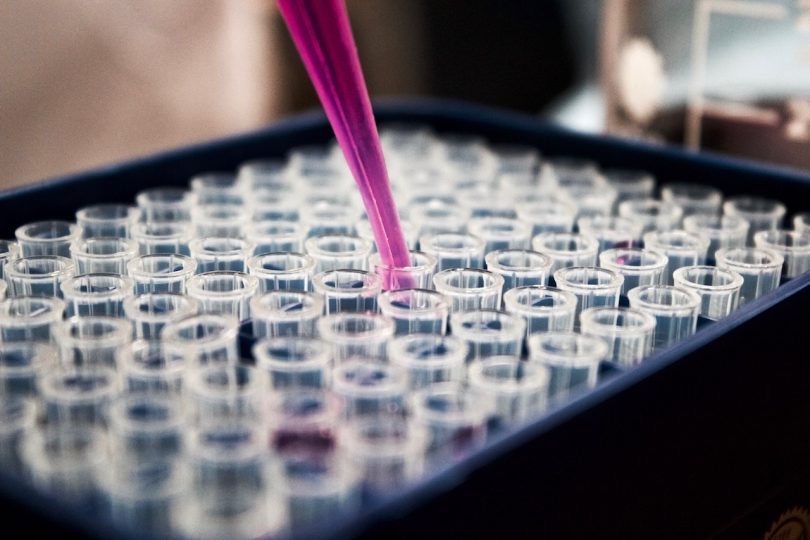The growing rise in popularity of CBD products has made it easier than ever to access a wide variety of options for medical and personal use. With such a demand comes the need to properly screen and vet out the best products to distinguish them from the mediocre and outright bad. A high quality CBD product can provide multiple benefits while a sub-par product can cost just as much and fail to deliver anywhere near the same results. A CBD lab test is a clear and concise method to uncovering the potency, power, and quality of any product. Here is a quick look at how to read and interpret those test results.
Initial Considerations
There are a few initial things to consider when looking at CBD test results. One is the reporting source with 1st party lab tests and 3rd party lab tests being the most common. 3rd party is ideal as it represents a more trustworthy interpretation of data coming from a source outside of the brand being tested.
Another consideration is how much of a company’s CBD product line is tested. This can vary from all products to just a small sampling of tests. Generally, more tests from a company on their products equate to a higher quality standard.
How to Interpret Results:
- Terpene Profile–Test results for terpenes indicate the presence and concentration of different types of these oils in a sample. It can help distinguish medicinal qualities and other health benefits.
- Cannabinoid Profile –This is the most common type of test that reveals which compounds are present in the sample and at what amount. These tests will inform of the potency of the product by analyzing cannabinoid amounts, usually by a weight percentage or as mg/mL. This test will also inform the spectrum of the product with full spectrum having a large range of different cannabinoids and broad spectrum containing a wide range without THC.
- Microbiology Screening – Looks for microbes such as molds, yeasts and e-coli to ensure they are not present within a sample.
- Heavy Metal Screening – Used to ensure there are no dangerous heavy metals found in the sample that can include: arsenic, mercury, and lead.
- Pesticide Screening – Test identifies a wide variety of common pesticides to confirm that a sample is free of these potential contaminates. This is used to make certain a hemp source is grown in organic soil using organic growing methods.










